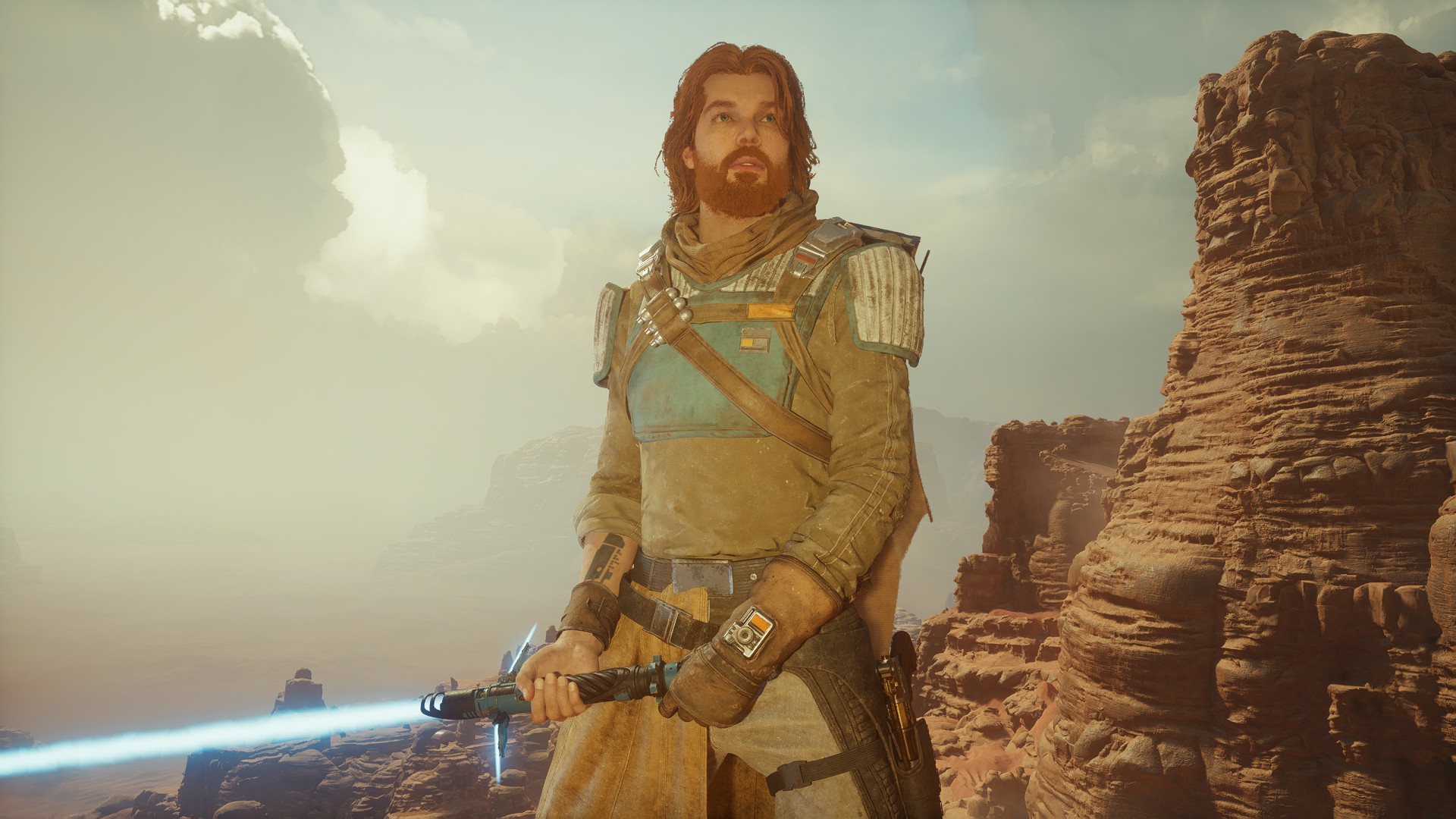Fiddling with graphics options didn't help much, either. There's no native option to limit the framerate, but the Nvidia control panel did the trick. The only upscaling option is FSR 2.0, which usually failed to improve my fps but always succeeded in making Cal's face blurry and unintelligible in motion. I've never missed DLSS more.
For what it's worth, there's a pre-release patch coming a few days before launch, and among the patch notes EA shared with press is "performance improvements across all platforms." Hopefully it'll help, but I'd be surprised if all of those framerate drops disappeared overnight. We are living in a time of
bad PC ports (opens in new tab), after all.



